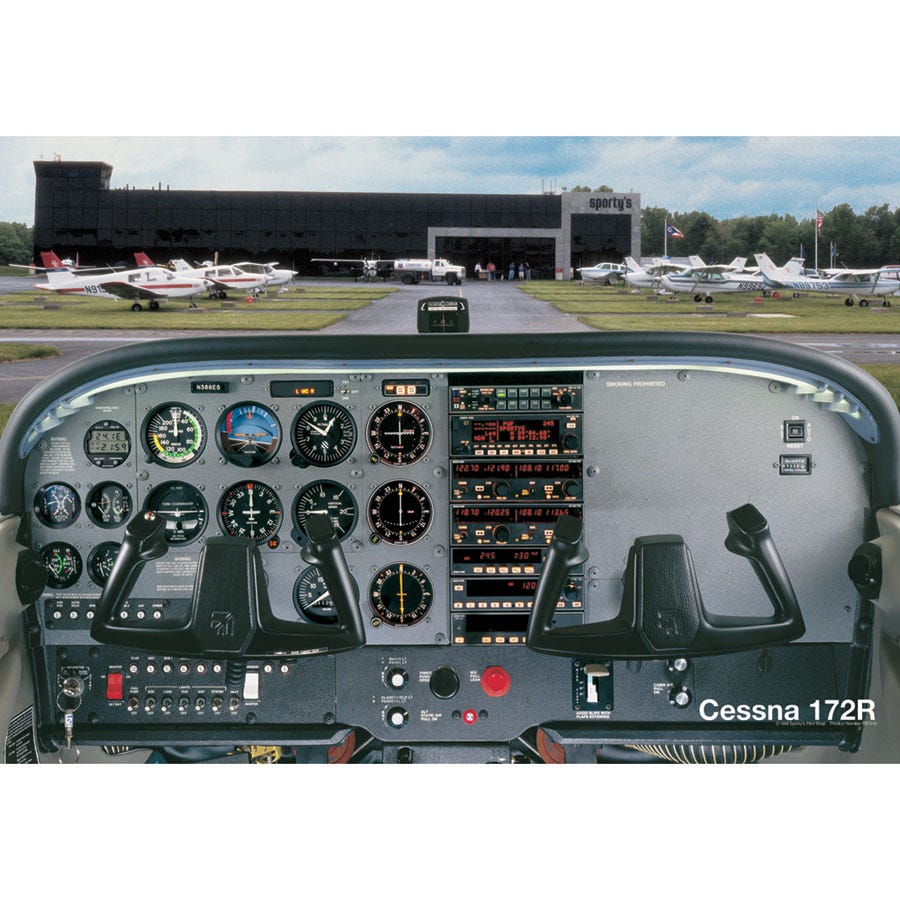Minimum avionics: Dual nav/comm, transponder, audio panel, glide slope. I've trained people with only one nav/comm, but it's a lot harder. An IFR GPS is really nice, but not essential for training (even though real-world IFR flying today without an IFR GPS is essentially flying with one hand tied behind your back).
Airplane: As simple as you can get it but big enough for trainee and instructor to be comfortable and still hold 4 hours of fuel -- something like a Warrior, 172, or Tiger is perfect.
That said, the best plane for your IR training is the one you'll be flying after you get the training. If the minimum plane described is what you'll be flying, great. But don't buy a plane just for the IR training with the intent of selling it the next day. Either get your "later" plane now and do the IR training in it, or train in the plane you've been flying and then trade up later. You don't want to be trying to learn and get comfortable in a new-to-you plane at the same time you're trying to learn instrument flying.



